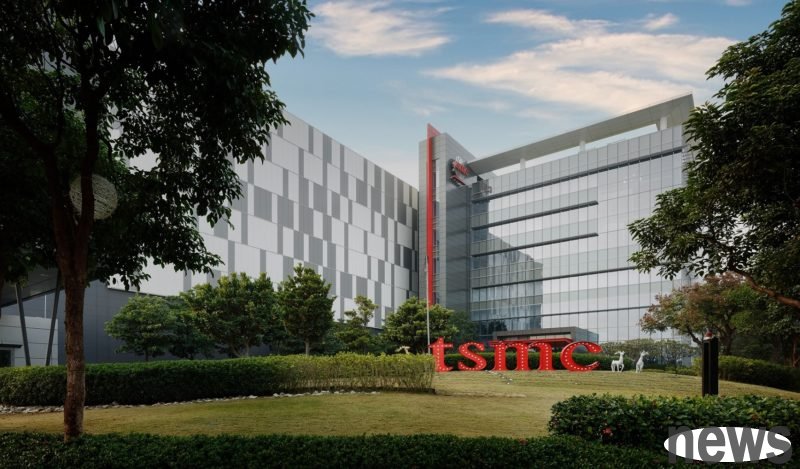Article 10 of the "Production and Creation Ordinance" named in the Taiwan version of the chip law was implemented on August 7, 2023. This year is the second year of application and application has ended at the end of June. The Industry Dev...

Article 10 of the "Production and Creation Ordinance" named in the Taiwan version of the chip law was implemented on August 7, 2023. This year is the second year of application and application has ended at the end of June. The Industry Development Department said that five employees applied for this year. According to the outside world, Taiwan Electric Power is expected to use the Taiwan version of chip rental tax discount.
The Ministry of Economic Affairs announced the second sub-law of Article 10 of the Creation Ordinance, "Company's forward-looking innovative research and development and advanced process equipment expenditures, applicable investment reduction," which is based on the qualification limit of R&D costs of up to 6 billion yuan, R&D density of up to 6%, and purchase of advanced process equipment expenditures of up to 10 billion yuan, and there is no limit on applicable industry categories; and the effective tax rate in 2024 is 15%, so the Taiwan version of chip rental tax reduction can be used.
Four companies applied for the Taiwan version of the chip method last year. Due to the US tax hinderment this year, the application for Taiwan’s chip law application has also been extended to the end of June. The Industry Development Department said that five employees applied for this year, but which companies cannot be explained. According to the outside world, Taiwan Electric Power should apply for the application this time.
Observe the financial report of the listed counter company in 2024. The R&D costs and R&D density of Taiwan Electric, United Electric, United Electric, Realtek, United Electric, National Technology, National Technology, Taiwan Electric, Nanya Technology and Huafen Electric all meet the application conditions.
According to the information observation station data of the public information, the NT$204.1 billion in 2024, with a R&D density of about 7%, complying with the provisions of 10th of the Regulations on the Creation of the Industry, annual R&D expenses reach 6 billion yuan and R&D density reach 6%.
To encourage operators to increase the code to invest in forward-looking innovative R&D and invest in advanced process equipment, Article 10 of the Creation Ordinance (commonly known as the "Taiwan Version of the Chip Law") provides a preferential offset reduction rate, including a 25% reduction rate for forward-looking innovative R&D expenditure in the same year, and a 5% reduction rate for purchase of advanced process equipment in the same year.
The Ministry of Economic Affairs previously stated that to apply for the rental tax benefits of Article 10 of the Property, the company must provide documentation and certification information, including: company products, international market share, ranking, import and export trade and other data, as review indicators for technical innovation and key position. The Economic Department will set up a cross-unit review team to conduct an review to meet advanced research and development investment.
The Ministry of Economic Affairs stated that Article 10 of the Inventory Ordinance clearly stipulates that companies must meet higher standards of qualification requirements.